
Not every performance car needs a wing big enough to land a helicopter. The best ones often look like they belong in a retirement home parking lot or parked at a PTA meeting. Enter the sleeper car, those rare machines that hid shocking performance beneath beige, boring, utterly forgettable exteriors.
The 1990s were a special time for this kind of deception. Automakers were experimenting with turbochargers, V8s, and advanced tech, often sticking them into bodies that screamed “mid-tier rental car.” These vehicles were fast but humble. Loud on the pedal, quiet in design.
If you grew up in the MSN News or Hotmail era, chances are you saw one of these monsters in the wild and had no idea what you were looking at. You might’ve laughed at it. And then it blew past you on the highway without even downshifting.
Method to the Madness: “Wait, That Thing’s Fast?”
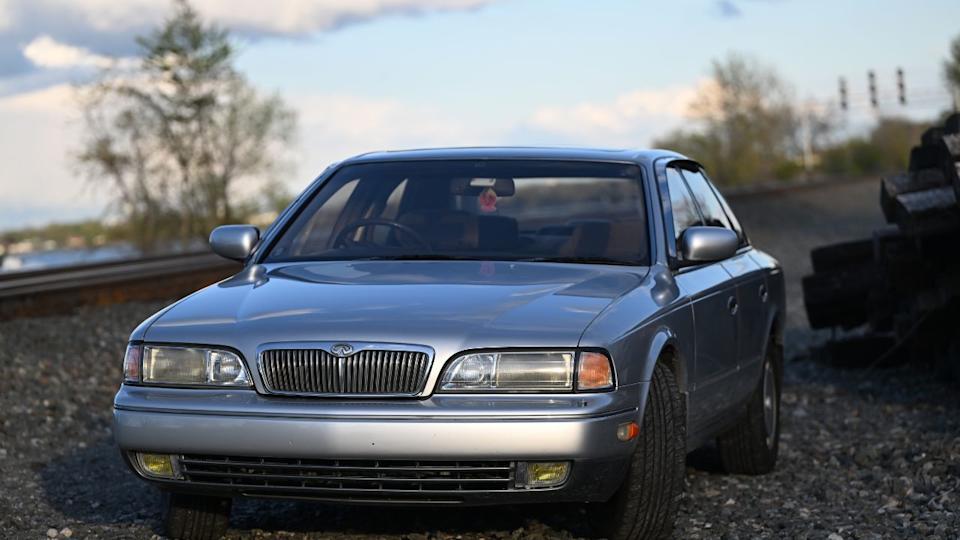
Here’s how we picked these marvels of motorsport modesty: each car had to be produced in the 1990s, offer exceptional performance (either from the factory or with a sleeper-worthy factory option), and remain visually subtle enough to avoid raising eyebrows.
Rarity was key too, we’re not talking about Civics with bolt-ons or ubiquitous WRXs. These had to be legit factory-built sleepers most gearheads missed the first time around. Now, onto the list, buckle up, but quietly.
Volvo 850 T-5R (1995)
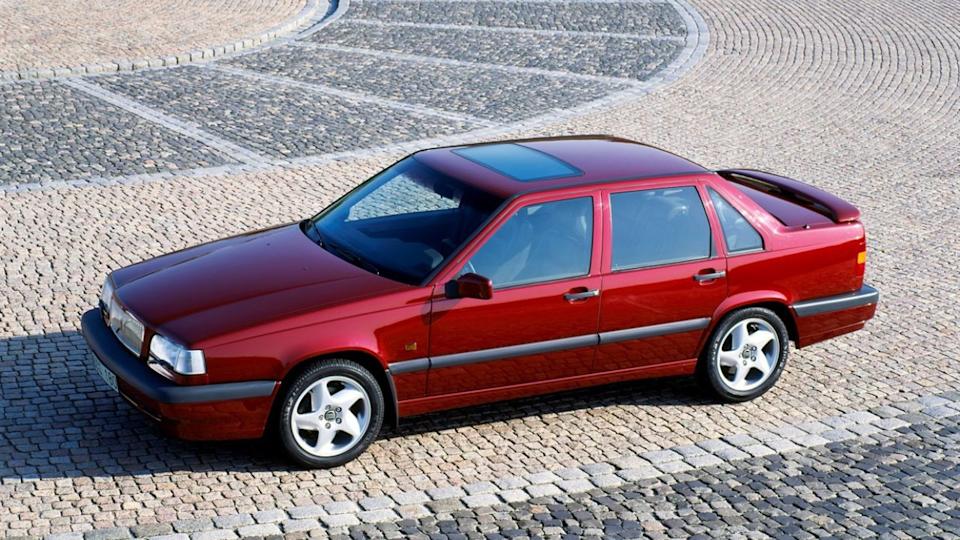
From the company known for safety and square design came a turbocharged brick that could humble much sportier machines. The 850 T-5R featured a turbocharged 2.3L inline-5 engine pumping out 240 hp and 221 lb-ft of torque. That might not sound mind-blowing now, but in 1995, it meant 0–60 mph in just over 6 seconds in a Volvo sedan or station wagon.
And the best part? It looked like every other sensible Swedish family hauler. No big wings. No aggressive styling. Just a box on wheels. Only 6,964 T-5Rs were made worldwide, and the yellow wagons were especially iconic (and rare). When you passed one on the highway, you probably thought it was slow. It was faster than it looked.
Mitsubishi Galant VR-4 (1991–1992)

Before the Lancer Evolution took the rally world by storm, there was the Galant VR-4. With only 3,000 units imported into the U.S., this all-wheel-drive, turbocharged sedan was Mitsubishi's secret weapon. The 4G63T engine (sound familiar, Lancer Evo fans?) delivered 237 hp through a trick AWD system and four-wheel steering.
From the outside, it looked like a nerdy commuter car. No flared fenders or hood scoops. Inside, it was full of tech and ready to dominate snowy backroads or embarrass V8s on dry pavement. The Galant VR-4 was a rally-bred monster with a librarian's appearance.
Oldsmobile Aurora (1995–1999)
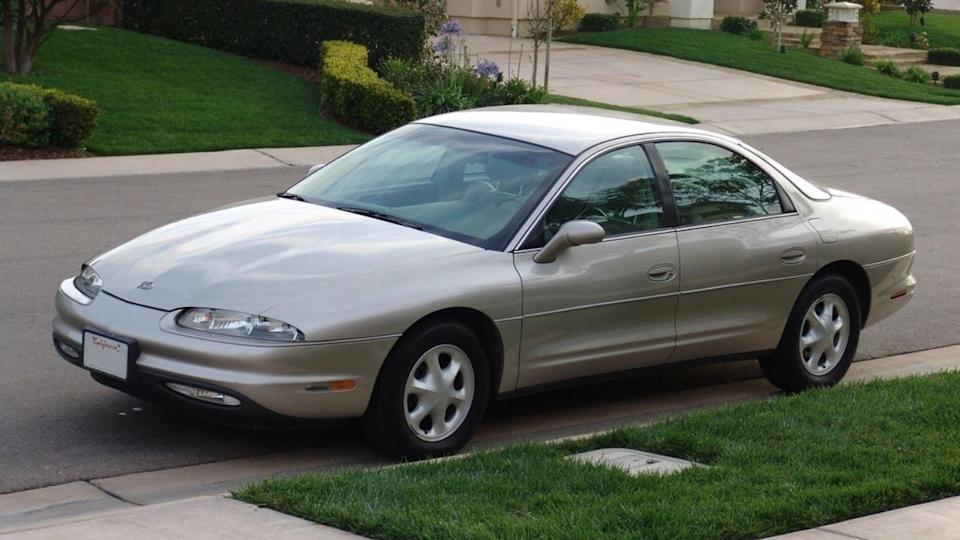
Ah, the Oldsmobile Aurora, a nameplate that sounds like your neighbor’s retirement condo, but under that bland exterior was one of GM’s most underestimated achievements of the ’90s. With a 4.0L V8 engine based on Cadillac’s Northstar architecture, the Aurora quietly packed 250 horsepower and a surprisingly refined ride. This wasn’t your granddad’s Eighty-Eight. It was a space-age sports sedan wearing a business suit.
Oldsmobile designed the Aurora to be a technological and design showcase. It had a sleek, cab-forward silhouette, frameless windows, and tight body panel gaps that GM rarely bothered with back then. Most people thought it was just another luxury wannabe, but on the freeway, the Aurora could hold its own against cars twice the price and pass them without breaking a sweat.
Its front-wheel-drive layout and smooth 4-speed automatic didn’t scream “race me,” but once moving, the car had excellent high-speed stability and long-legged confidence. It was as quiet as a Lexus and just about as quick as a contemporary BMW 5-series, without all the “look at me” attitude.
Mazda Millenia S (1995–2002)
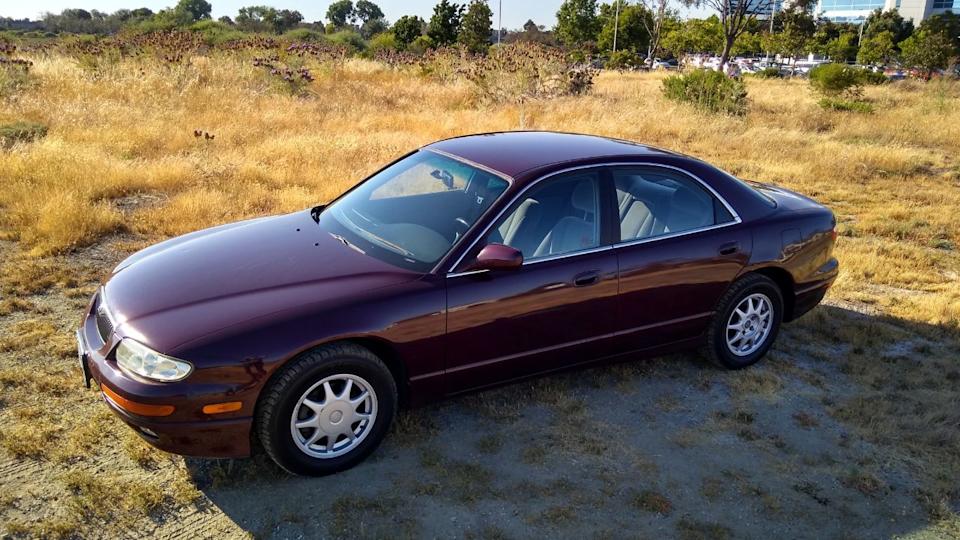
The Millenia S doesn’t just qualify as a sleeper, it’s practically invisible. What made it special was its Miller-cycle engine, a rare supercharged 2.3L V6 that made 210 hp and had all the torque down low. Mazda marketed it as a pseudo-luxury car, and most people thought it was a Camry clone.
But when you floored it, it surprised you. The engine revved with a strange urgency, and the handling was far better than expected. With almost no sporty visuals, the Millenia S could leave your neighbor’s Accord in the dust. And he’d never know what hit him.
Chrysler 300M (1999)
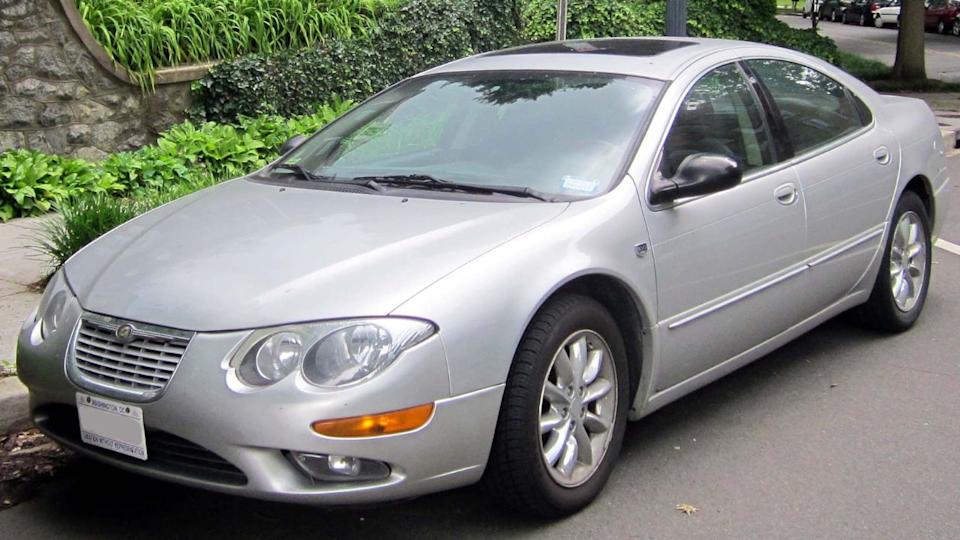
Just before the 2000s dawned and before the gangster-chic 300C hit the streets, Chrysler gave us the 300M, a luxury sedan with surprising performance credentials. Built on the LH platform, the 300M came equipped with a 3.5L high-output V6 making 253 hp and 255 lb-ft of torque. That might not sound earth-shattering now, but it was enough to make this front-wheel-drive executive cruiser feel surprisingly nimble.
What made the 300M a sleeper was its demeanor: upscale but restrained. No wild body kits or oversized chrome wheels—just smooth lines, a subtle stance, and an interior full of real leather and wood accents. It looked like something your boss drove to meetings.
But step on it, and the 300M came alive. The V6 revved eagerly, and the chassis — benefiting from years of development under Chrysler’s short-lived Daimler partnership — felt more European than Detroit. It even had an optional performance handling package with firmer suspension and quicker steering.
Ford Taurus SHO (Yamaha V6, 1989–1995)

The original Taurus SHO was a weird and wonderful child of Yamaha and Ford. Its 3.0L V6 made 220 hp and revved to 7,000 rpm, more like a sports bike than a sedan. The five-speed manual was your only choice early on, and it turned this family grocery-getter into a highway hunter.
It looked like your mom’s office car. The only clues were tiny badges and maybe the SHO-specific wheels. Underneath, though, was engineering worthy of Europe’s best. It was fast, underrated, and far more durable than people expected. Today, they’re forgotten missiles.
Infiniti Q45 (1990–1996)
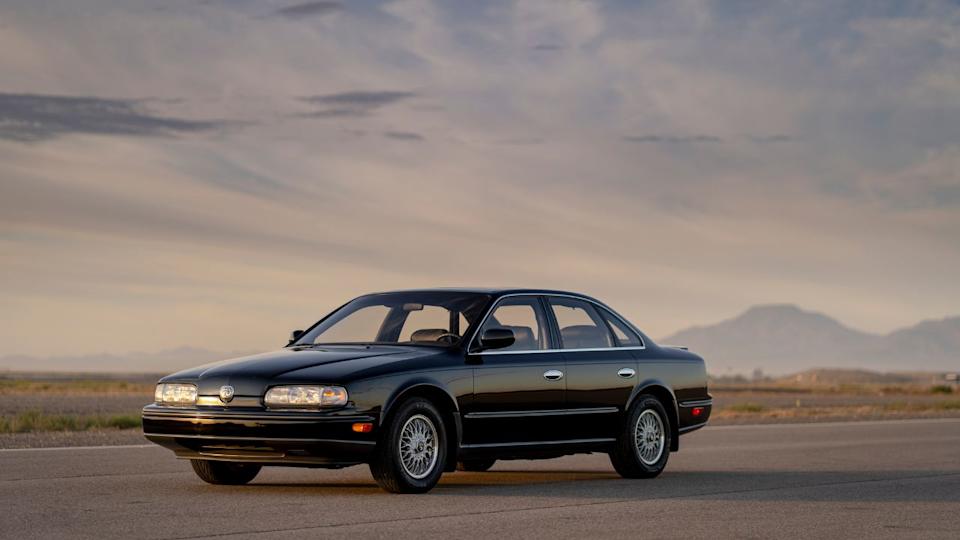
If someone told you a Japanese luxury car could outrun a Corvette, you'd probably laugh, unless you knew about the Infiniti Q45. Its 4.5L V8 churned out 278 hp and 292 lb-ft of torque, backed by a limited-slip diff and no-nonsense suspension. Early models even ditched wood trim for sportiness.
Looking at it, you’d think: rich dentist. But hit the gas, and it pulled like a freight train. Infiniti never really marketed it well, and Lexus stole all the spotlight. But those in the know still whisper about the Q45 like it’s a secret code.
Lincoln Mark VIII LSC (1993–1998)
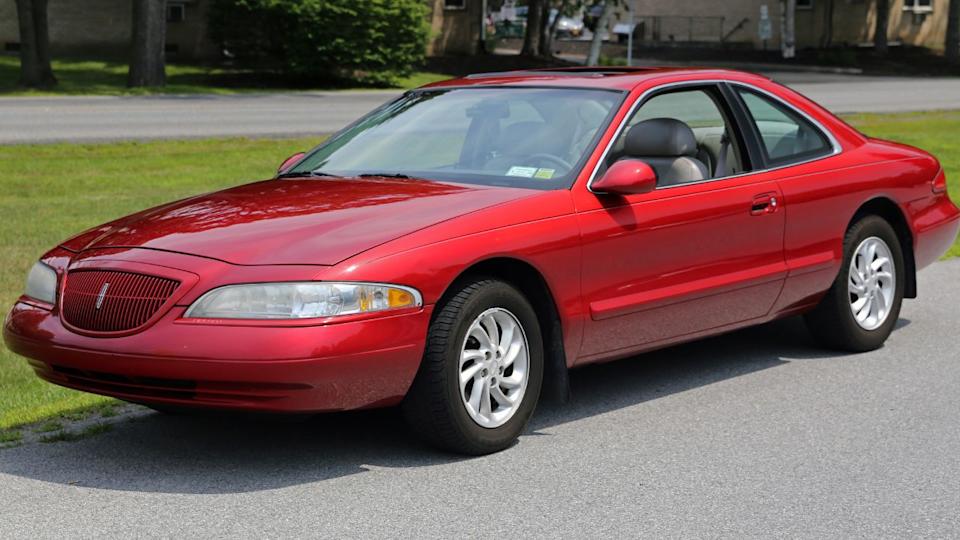
The Mark VIII. It looked like something your Uncle Harold would buy after a good quarter at the insurance office, but it could move like a Mustang. Especially in the LSC (Luxury Sport Coupe) trim, this Lincoln was far more than the retirement-mobile it appeared to be. At its heart was a 4.6L DOHC “InTech” V8 producing 290 hp, essentially a luxury-tuned sibling of the engine found in the SVT Cobra.
With rear-wheel drive, independent suspension all around, and surprisingly crisp steering, the Mark VIII was capable of sprinting to 60 mph in under 6.5 seconds. It had the same basic layout as a muscle coupe but wore a tuxedo instead of a tank top. The LSC package tightened things up even more, with firmer dampers and a more responsive throttle.
But you'd never guess its performance by looking at it. The long hood, slippery aerodynamics, and chrome accents screamed “early retirement” more than “stoplight warrior.” And that's what made it perfect. It cruised like a Cadillac, but had the heart and power of a performance coupe.
Chevrolet Impala SS (1994–1996)
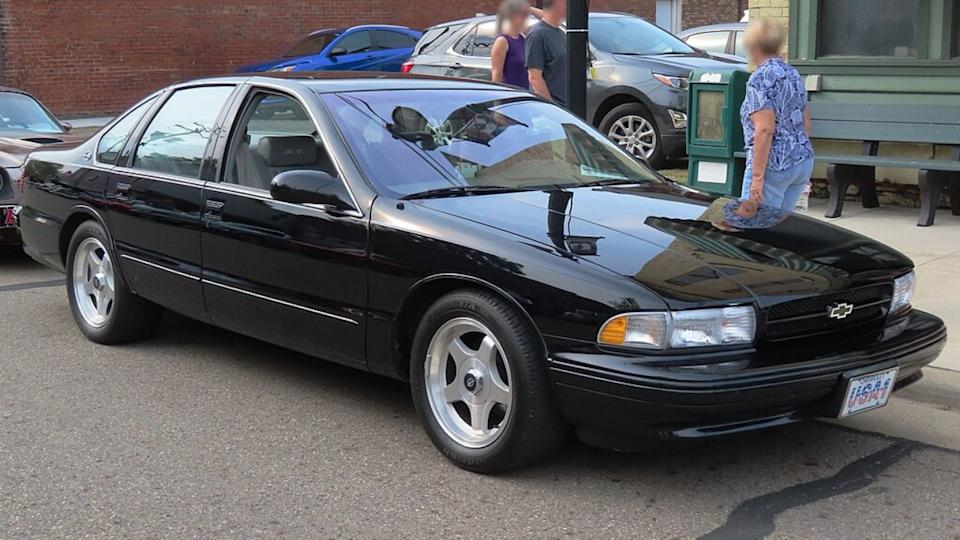
You might laugh at this choice, but the Impala SS of the mid-’90s wasn’t your dad’s slow cruiser. It packed a Corvette-derived LT1 5.7L V8 making 260 hp and 330 lb-ft of torque. It looked like a Caprice cop car, because it basically was.
The Impala SS had lowered suspension, a performance axle ratio, and a sinister all-black appearance. But no one outside the car world knew it was fast. It could hit 60 mph in under 7 seconds despite its yacht-like proportions. A true street sleeper from GM’s golden era.
BMW 540i M-Sport (1995)
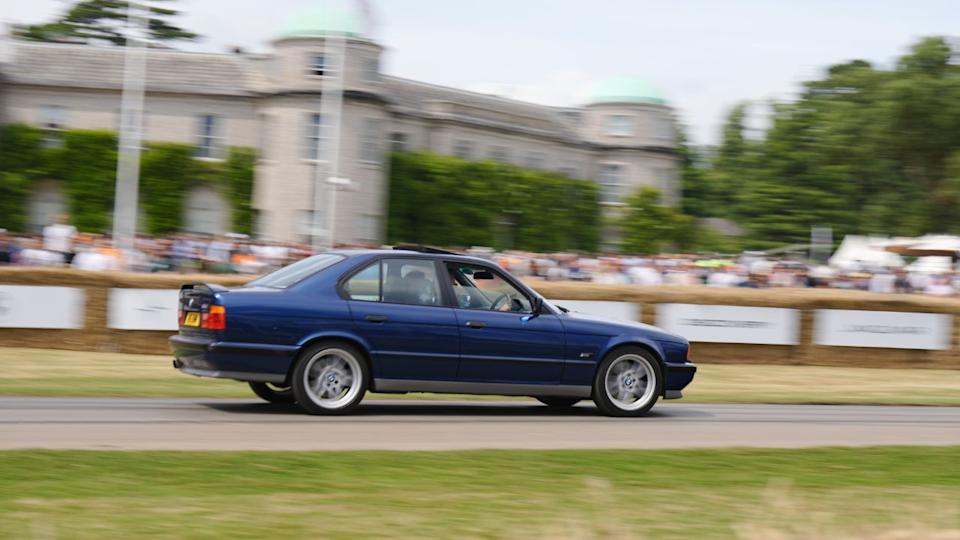
Before the M5 dominated headlines, the 540i M-Sport was BMW’s hidden hammer. It came with a 4.0L V8 good for 282 hp, and if optioned right, a six-speed manual gearbox. Only around 200 of these "M-Sport" 540i cars came to the U.S. in 1995, making them unicorns today.
It wore standard E34 5-series clothes, with barely a nod to its performance pedigree. But it could run with true sports cars, and handled better than most people expected from a V8 luxury sedan. The only way you'd know was if you got left behind.
When Modesty Meant Muscle
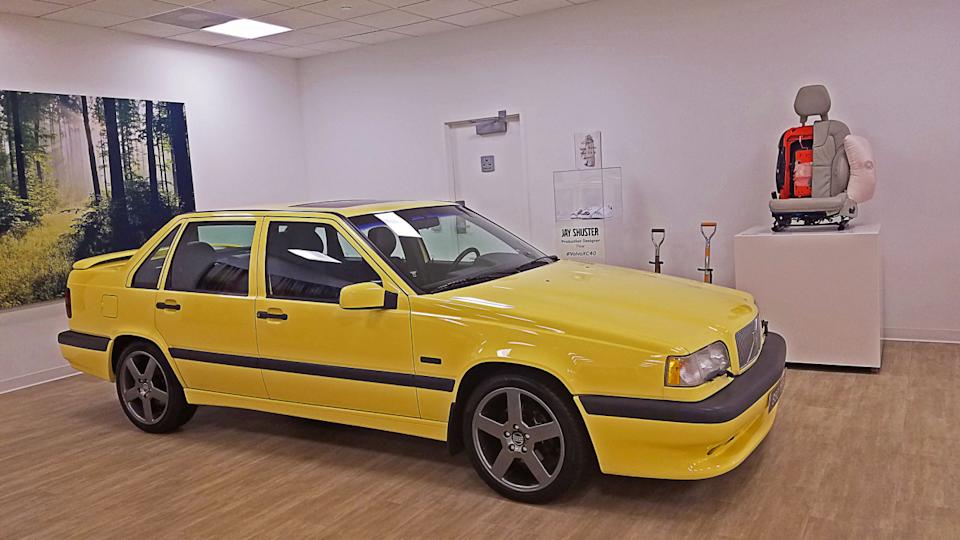
The 1990s gave us a rare moment in automotive history, when performance wasn't always painted in neon or accompanied by a massive wing. Instead, speed lived in unlikely places, such as wagons with baby seats, sedans your uncle leased, or coupes built for quiet highway miles. These sleeper cars were like the quiet kids in class who could secretly dunk a basketball.
Owning one of these wasn’t about status or spectacle. You didn’t need loud exhausts or carbon fiber to feel the thrill of a perfectly tuned V8 or a turbo that whispered before it screamed. That’s the magic of a sleeper, it lets the drive do the talking, and in today’s world of bloated crossovers and badge-chasing culture, these stealthy machines feel even more special. So, if you see a bland-looking ’90s sedan next to you at a red light… think twice before you laugh. You might be looking at the past’s most polite predator.
Like our content? Read More:
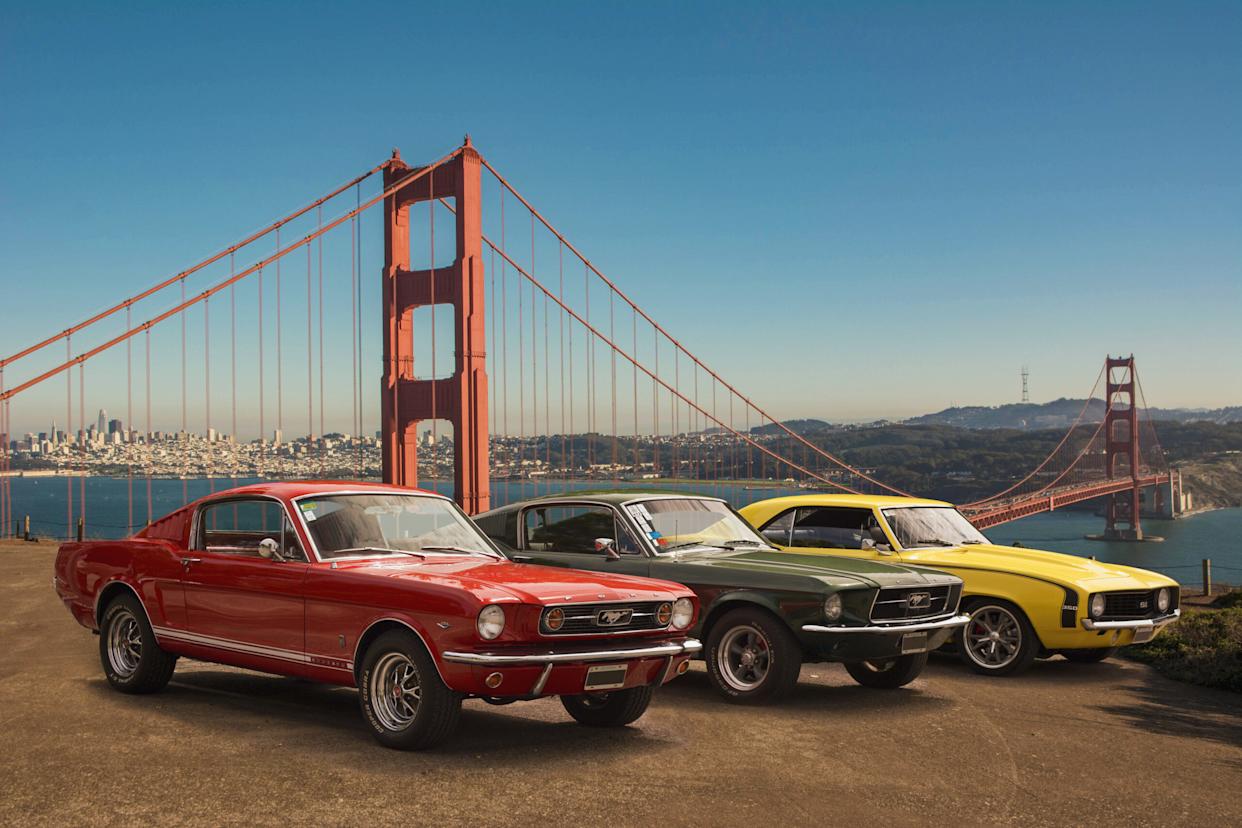


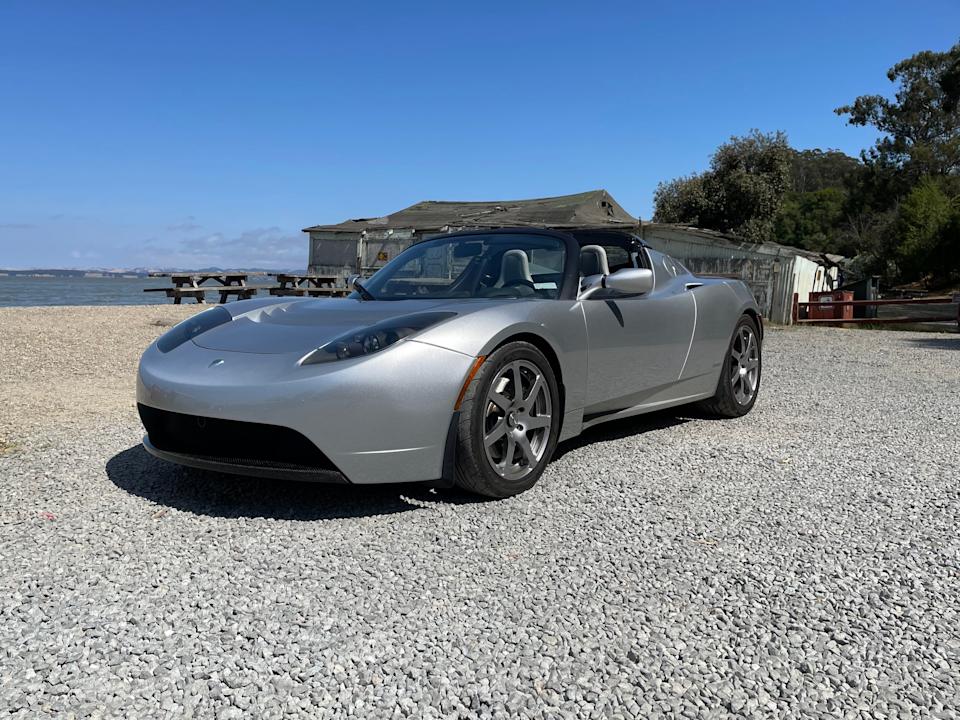


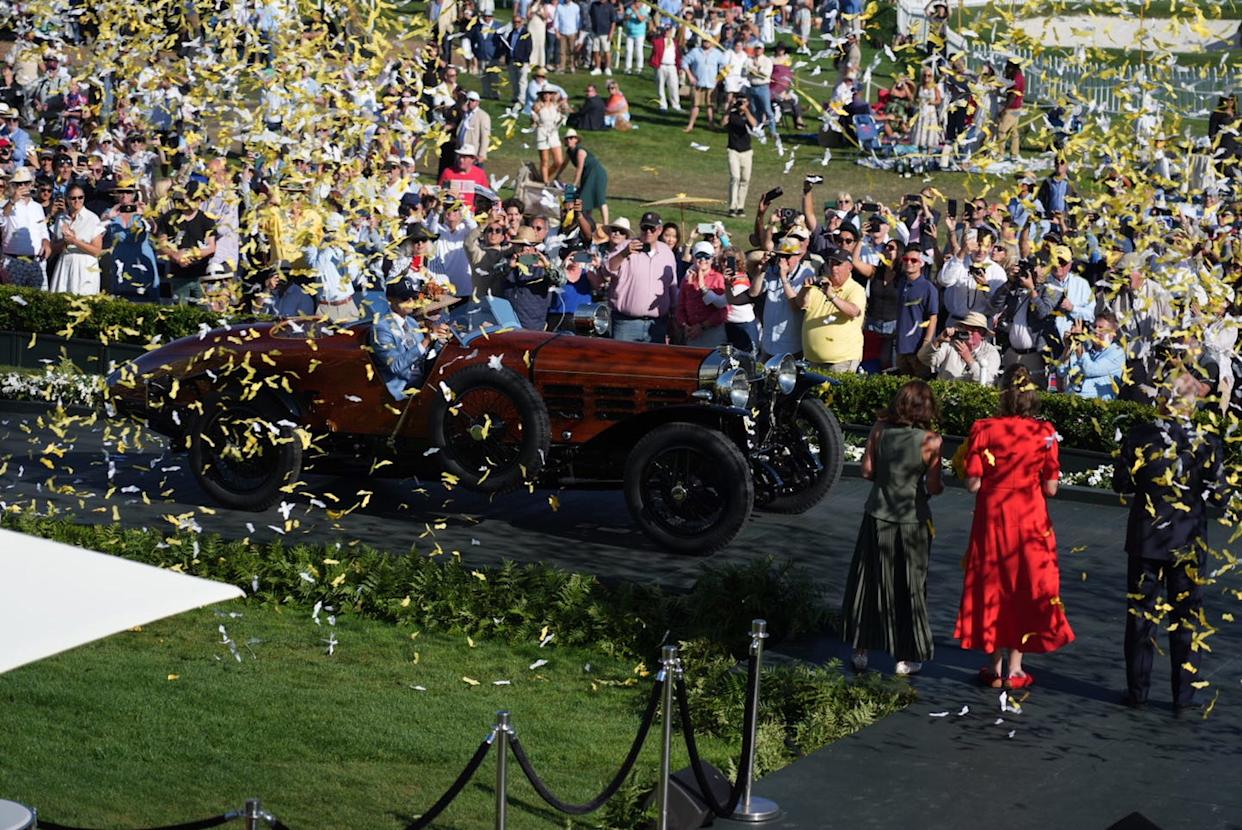
Comments